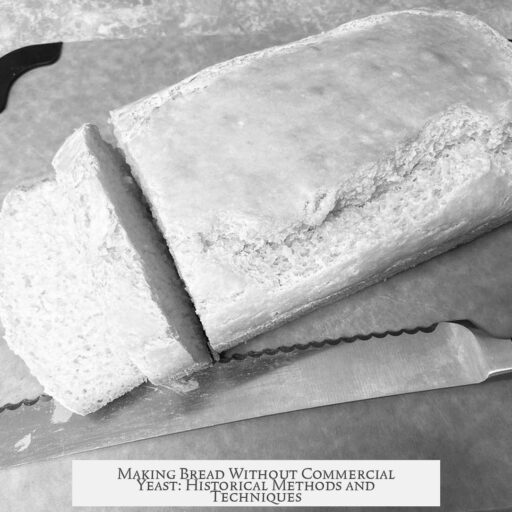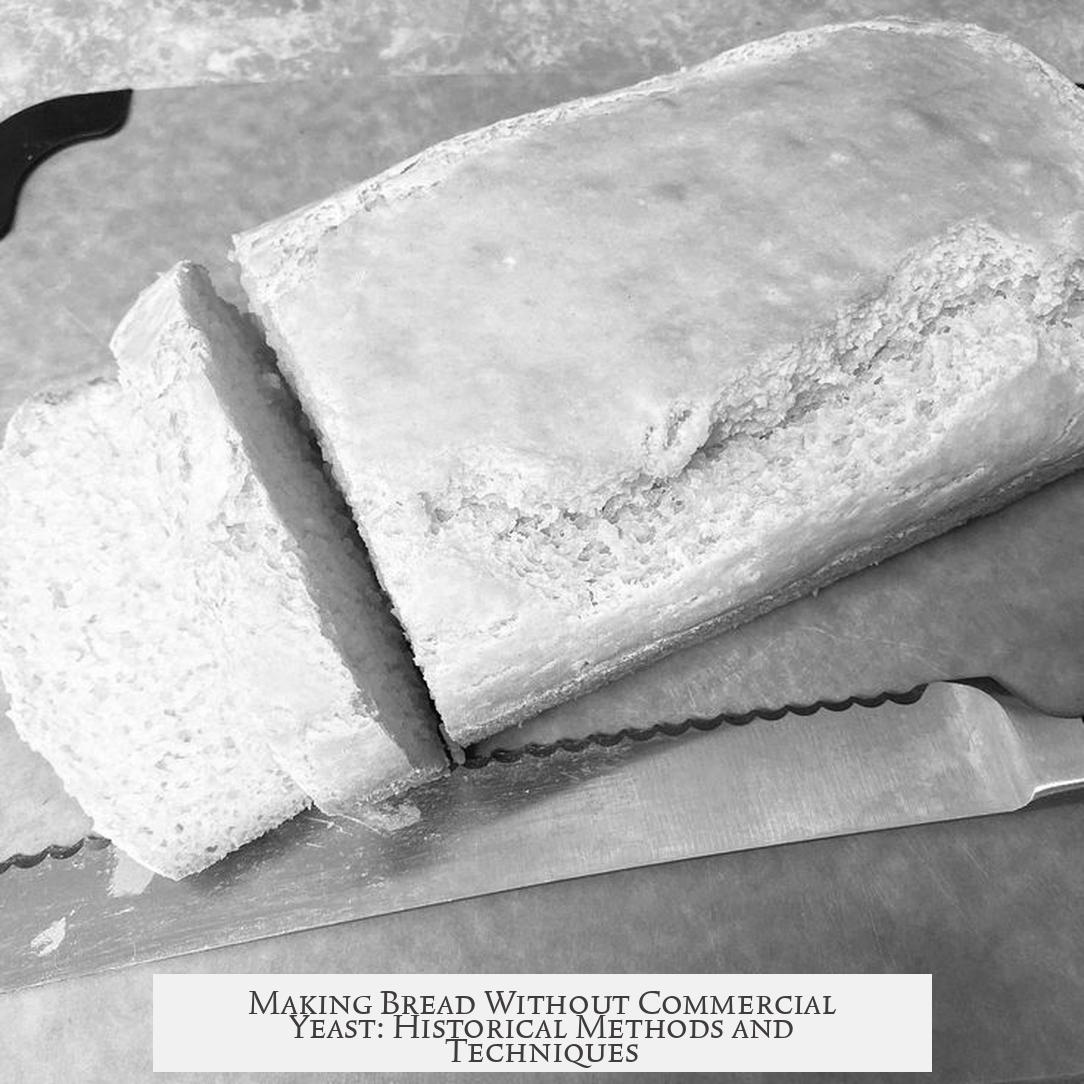Before the commercial production of yeast, bread was made using naturally occurring wild yeast and fermentation processes. Bakers relied on environmental microorganisms to leaven their dough, often cultivating and maintaining a “starter” known as mother dough to ensure consistent fermentation and rising.
Yeasts are naturally found in the environment, similar to bacteria or mold. These wild yeasts exist on plants, in the air, and on surfaces. Early bakers harnessed these naturally present microbes to ferment their dough. The process resembled other fermentation practices used in making wine, yoghurt, and cheese, where wild yeast and bacteria work to transform ingredients.
Households would often keep a portion of a previous batch of fermented dough, called a starter dough, mother dough, or leaven. They added flour and water to this existing mixture to cultivate the yeast further. Once the dough rose, some would be baked, and some saved for leavening the next batch. This method allowed yeast populations to grow continuously over time. Some early bakeries guarded their specific mother dough recipes to maintain unique flavors and rising abilities.
Wild yeast could also be introduced from natural sources like flowers, hops, or fermenting wine. The sugars in the flour feed the yeast, which produces carbon dioxide and causes the dough to rise. This process required longer fermentation times than modern commercial yeast but produced distinctive textures and flavors. Sourdough bread, which uses this natural fermentation, remains popular worldwide and is valued for its taste and tradition. For example, San Francisco’s Boudin Bakery has preserved the same sourdough mother dough since 1849.
It is important to note that not all breads require yeast. The first breads, such as Jewish matzo, used just flour and water and rely on baking methods without fermentation, resulting in flat, unleavened bread.
| Traditional Methods | Details |
|---|---|
| Wild Yeast | Naturally occurring on plants, flowers, air |
| Starter/Mother Dough | Fermented dough maintained and reused daily |
| Sources of Yeast | Fermenting wine, hops, flowers, air |
| Sourdough | Natural leaven with longer rising, prized flavor |
| Unleavened Bread | Flour and water only, like matzo |
- Yeast naturally exists in the environment and on plants.
- Starter doughs capture and cultivate wild yeast for bread rising.
- Natural fermentation takes longer than commercial yeast use.
- Sourdough bread traces back to these traditional fermentation methods.
- Not all breads require yeast; unleavened bread is an ancient form.
How did people capture wild yeast for baking bread?
People captured wild yeast from the air, flowers, or hops. These natural yeasts settled on the dough and started fermentation. This process allowed bread to rise slowly without commercial yeast.
What is “starter dough” or “mother dough” in traditional bread making?
“Starter dough” is a batch of dough that contains active wild yeast. Bakers saved some from each batch, added flour and water to feed it, and used it repeatedly to make new bread rise.
How was fermenting wine used to aid bread baking?
Fermenting wine contains natural yeast. Bakers used this yeast from wine to mix with flour. The yeast fed on flour carbohydrates, helping the bread dough to ferment and rise like sourdough.
Did all traditional breads rely on yeast to rise?
No, early breads did not always use yeast. Some were made simply with water and flour, like matzo. These breads were flat and did not depend on fermentation for rising.
Why did families keep their own yeast supply before commercial yeast?
Families maintained a growing supply of wild yeast at home. By saving a bit of starter dough each day, they ensured a continuous source of yeast for future bread baking, which kept their bread-making consistent.



